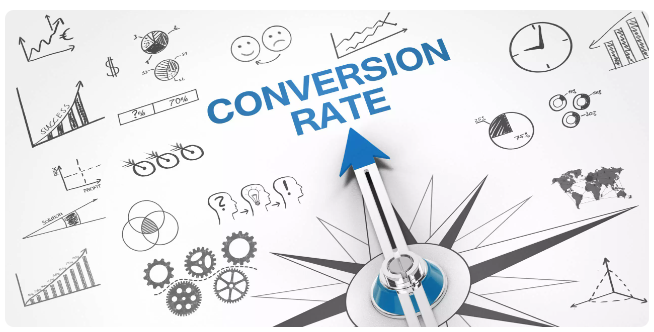In the fast-paced world of online business, Conversion Rate Optimization (CRO) is crucial to stay competitive. CRO involves using data to improve the user experience and increase the likelihood of users taking desired actions on your website, such as making a purchase or filling out a form. One of the most effective ways to improve CRO is through user behavior analysis. In this article, we will explore how user behavior analysis can improve your CRO and what you need to know to get started.
Understanding User Behavior Analysis
User behavior analysis involves the collection and analysis of data related to how users interact with your website. This includes everything from the pages they visit to the buttons they click, and the time they spend on your site. By understanding how users behave on your website, you can make informed decisions about how to improve the user experience and increase conversions.
User behavior analysis can be conducted using a variety of tools and techniques. One of the most popular tools for user behavior analysis is Google Analytics. Google Analytics provides a wealth of data on how users interact with your website, including information on pageviews, bounce rates, and conversion rates. Other tools, such as heatmaps and session replays, can provide more detailed information on how users interact with specific elements on your website.
The Benefits of User Behavior Analysis for CRO
User behavior analysis can provide a number of benefits for your CRO efforts. Here are just a few:
- Identify Areas for Improvement: By analyzing user behavior, you can identify areas of your website that may be causing users to leave or not take desired actions. This can include things like confusing navigation or unclear calls to action.
- Test and Iterate: Once you have identified areas for improvement, you can test different solutions to see which ones are most effective. This can involve A/B testing, where you test two versions of a page to see which one performs better, or multivariate testing, where you test multiple elements on a page to see which combination is most effective.
- Improve User Experience: By improving the user experience, you can increase user satisfaction and loyalty. This can lead to repeat business and positive word of mouth referrals.
- Increase Conversions: Ultimately, the goal of CRO is to increase conversions. By using user behavior analysis to make informed decisions about how to improve your website, you can increase the likelihood of users taking desired actions, such as making a purchase or filling out a form.
Getting Started with User Behavior Analysis
If you are new to user behavior analysis, getting started can seem daunting. Here are a few tips to help you get started:
- Set Goals: Before you begin analyzing user behavior, it is important to set goals for what you want to achieve. This can include things like increasing conversion rates or reducing bounce rates.
- Define Metrics: Once you have set your goals, define the metrics you will use to track progress. This can include things like pageviews, time on site, and conversion rates.
- Use Tools: There are a variety of tools available to help you analyze user behavior. In addition to Google Analytics, consider using heatmaps, session replays, and other tools to gain insights into how users interact with your website.
- Analyze Data: Once you have collected data, analyze it to identify patterns and trends.
- Make Data-Driven Decisions: Use the insights gained from your analysis to make informed decisions about how to improve your website. This can involve making changes to the design or layout of your site, improving navigation, or optimizing calls to action.
- Test and Iterate: Once you have made changes to your website, test them to see how they perform. This can involve A/B testing or multivariate testing to determine which changes are most effective.
- Monitor Progress: Finally, monitor your progress over time to ensure that the changes you have made are having the desired impact on your CRO efforts.
FAQs
Conversion Rate Optimization (CRO) is the process of using data to improve the user experience and increase the likelihood of users taking desired actions on your website, such as making a purchase or filling out a form.
User behavior analysis can help you identify areas for improvement, test different solutions, improve the user experience, and ultimately increase conversions.
Tools for user behavior analysis include Google Analytics, heatmaps, session replays, and others.
To get started with user behavior analysis, set goals, define metrics, use tools, analyze data, make data-driven decisions, test and iterate, and monitor progress.
The time it takes to see results from user behavior analysis will vary depending on the changes you make and how long it takes for users to respond to those changes. It is important to monitor progress over time to ensure that your efforts are having the desired impact.




